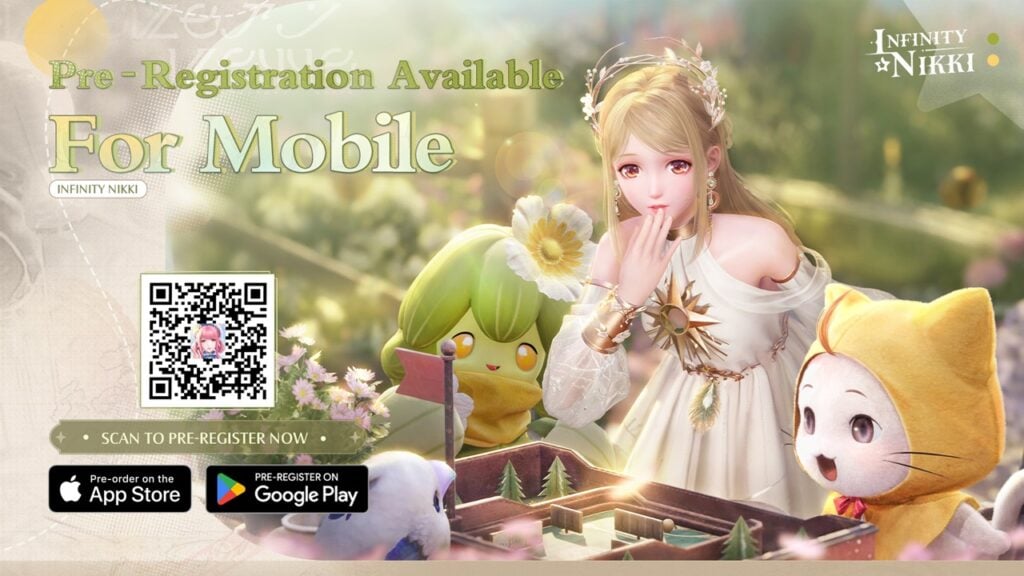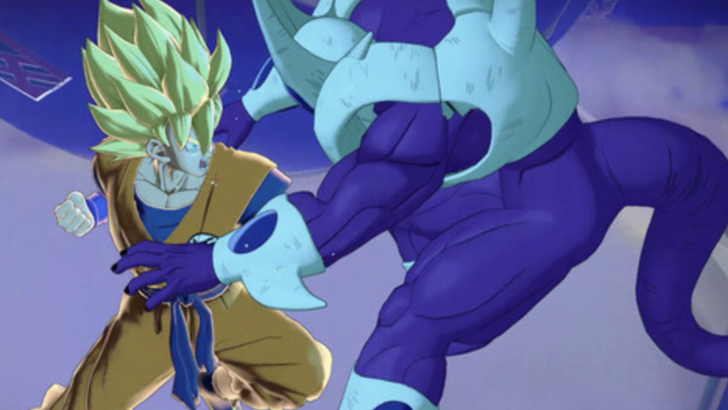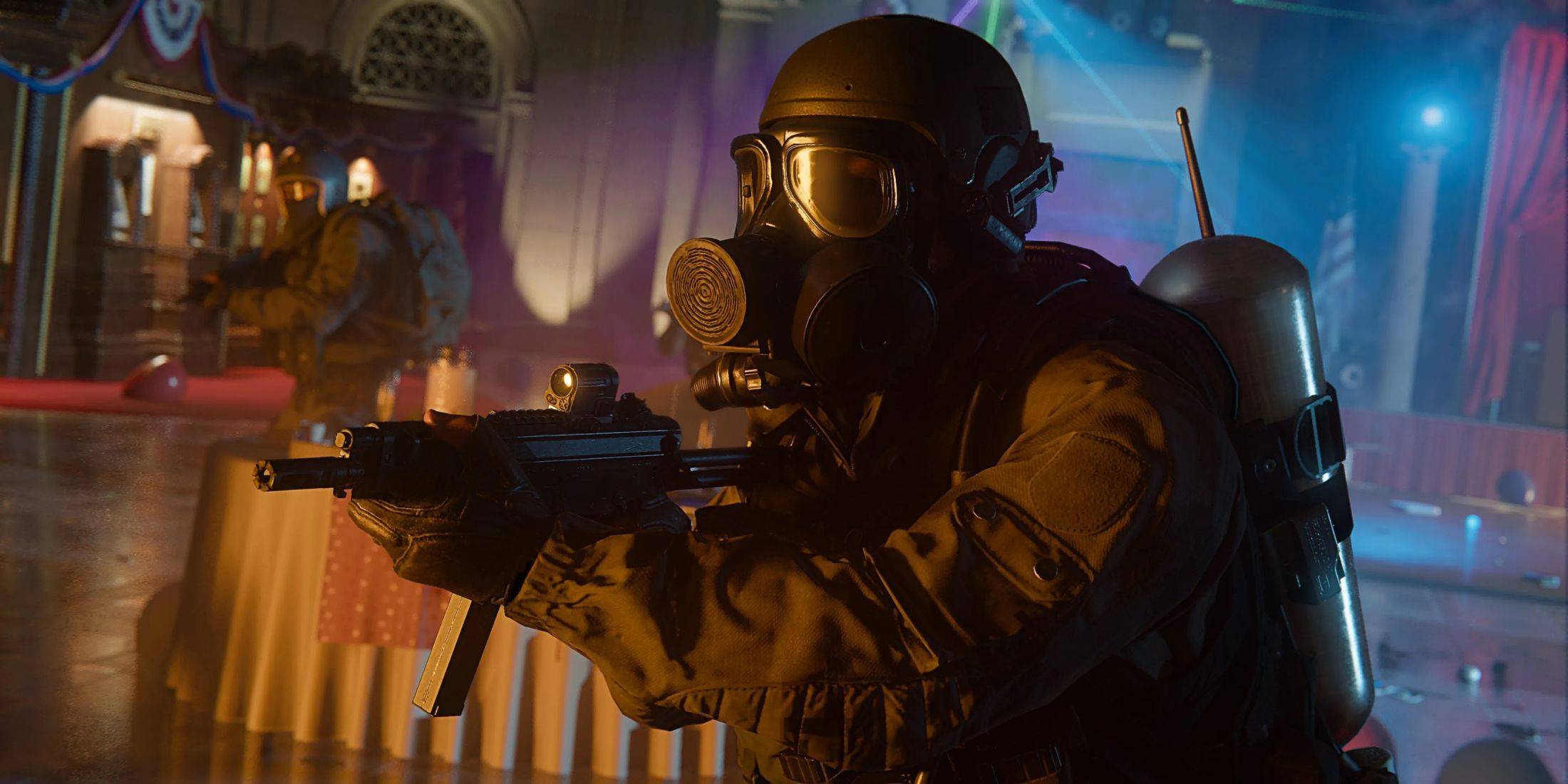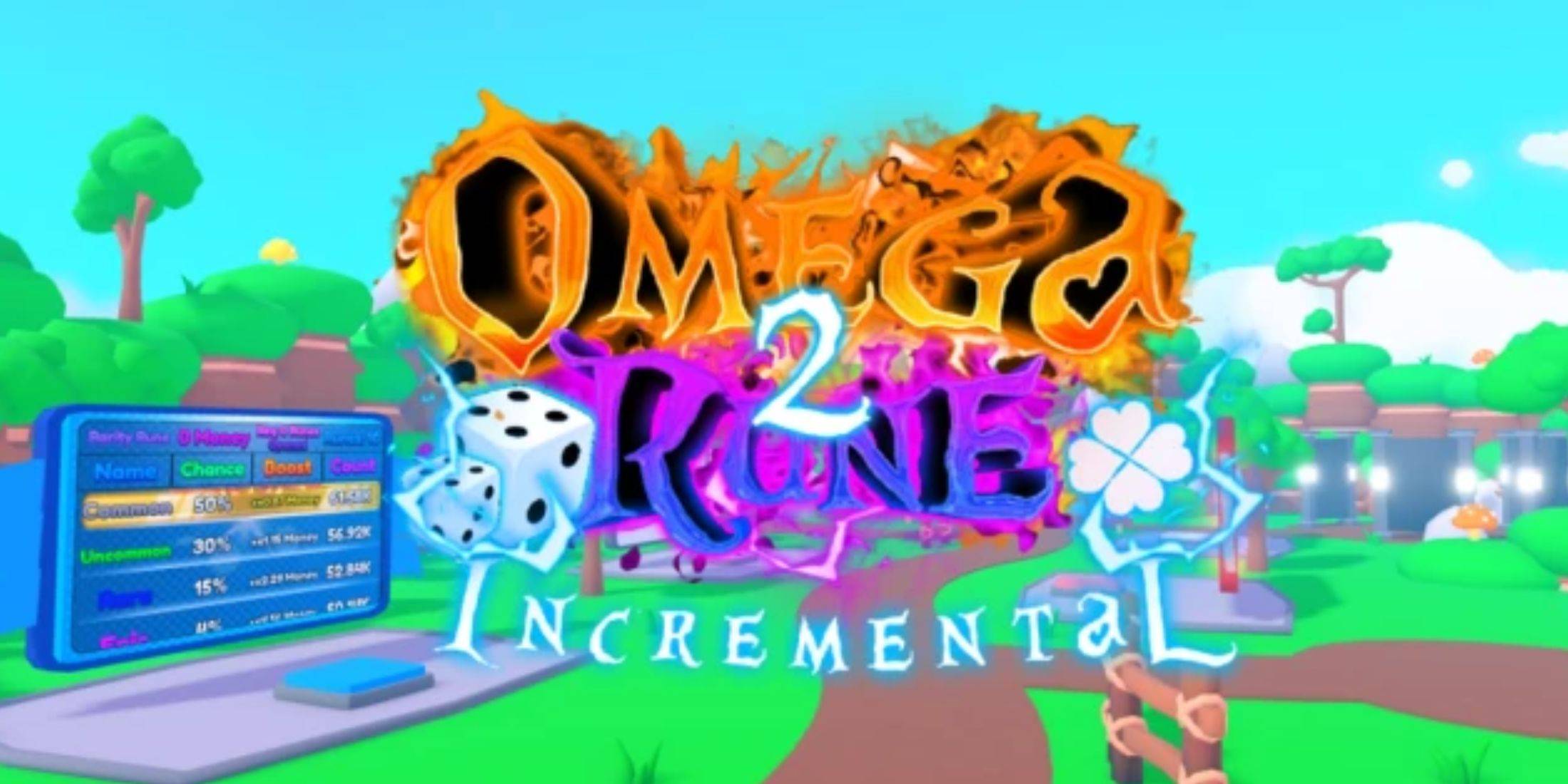"Rediscovering The Sims 1 & 2: Features Fans Miss"
- By Emery
- Apr 12,2025
The early days of Will Wright's iconic life simulation games were marked by charming details, immersive mechanics, and quirky surprises that have since become cherished memories among fans. The first two games in the series, The Sims 1 and The Sims 2, offered deeply personal memory systems, unique NPC interactions, and other lost features that truly captured the magic of the originals. As the series evolved, many of these beloved elements were left behind. In this article, we'll take a nostalgic journey back to explore the forgotten gems of these pioneering games, highlighting features that fans still miss and hope to see return.
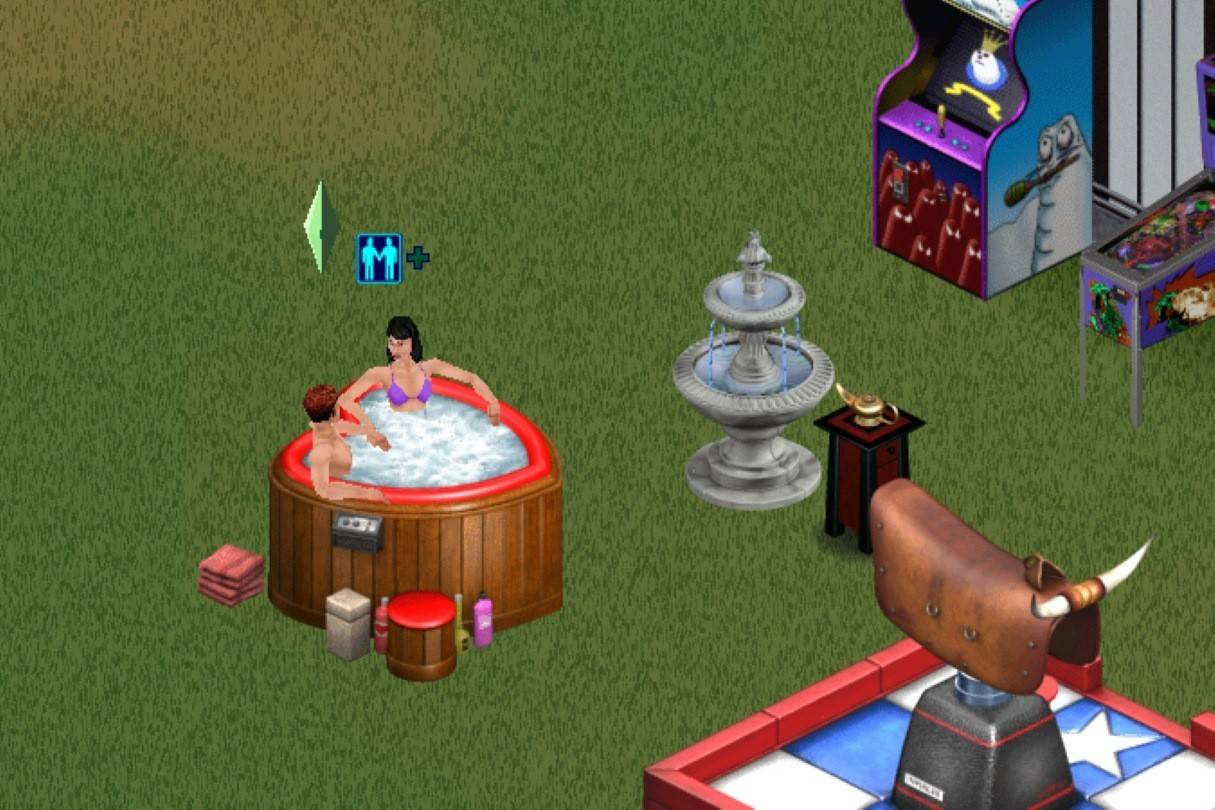 Image: ensigame.com
Image: ensigame.com
Table of Contents
The Sims 1
- Authentic Plant Care
- Can’t Pay, Can’t Eat!
- A Genie’s Unexpected Gift
- The School of Hard Knocks
- Realistic WooHoo
- Fine Dining
- Thrills and Spills
- The Price of Fame
- Spellcasting in Makin’ Magic
- Singing Under the Stars
The Sims 2
- Running a Business
- Higher Education, Higher Rewards
- Nightlife
- The Excitement of Apartment Life
- Memories That Last, Love That Doesn’t
- Functional Clocks
- Shop ‘Til You Drop
- Unique NPCs
- Unlocking Hobbies
- A Helping Hand
The Sims 1
Authentic Plant Care
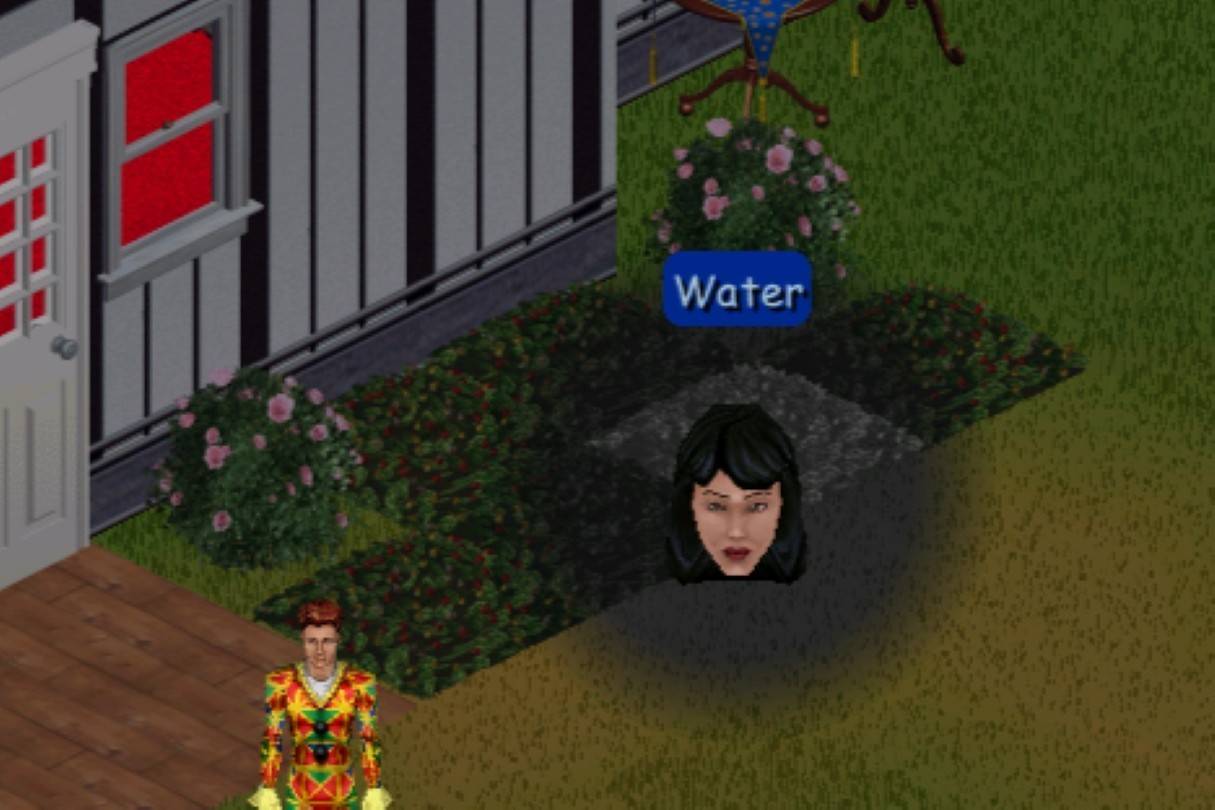 Image: ensigame.com
Image: ensigame.com
In the original game, indoor plants required regular watering to thrive. Neglecting them led to wilting, which not only marred the home's aesthetic but also decreased the "Room" need, encouraging players to maintain their living spaces.
Can’t Pay, Can’t Eat!
 Image: ensigame.com
Image: ensigame.com
When Sims couldn't afford to pay for their pizza, Freddy the delivery man would grow visibly frustrated. Instead of simply leaving, he'd take the pizza back, adding a layer of realism and consequence to the game.
A Genie’s Unexpected Gift
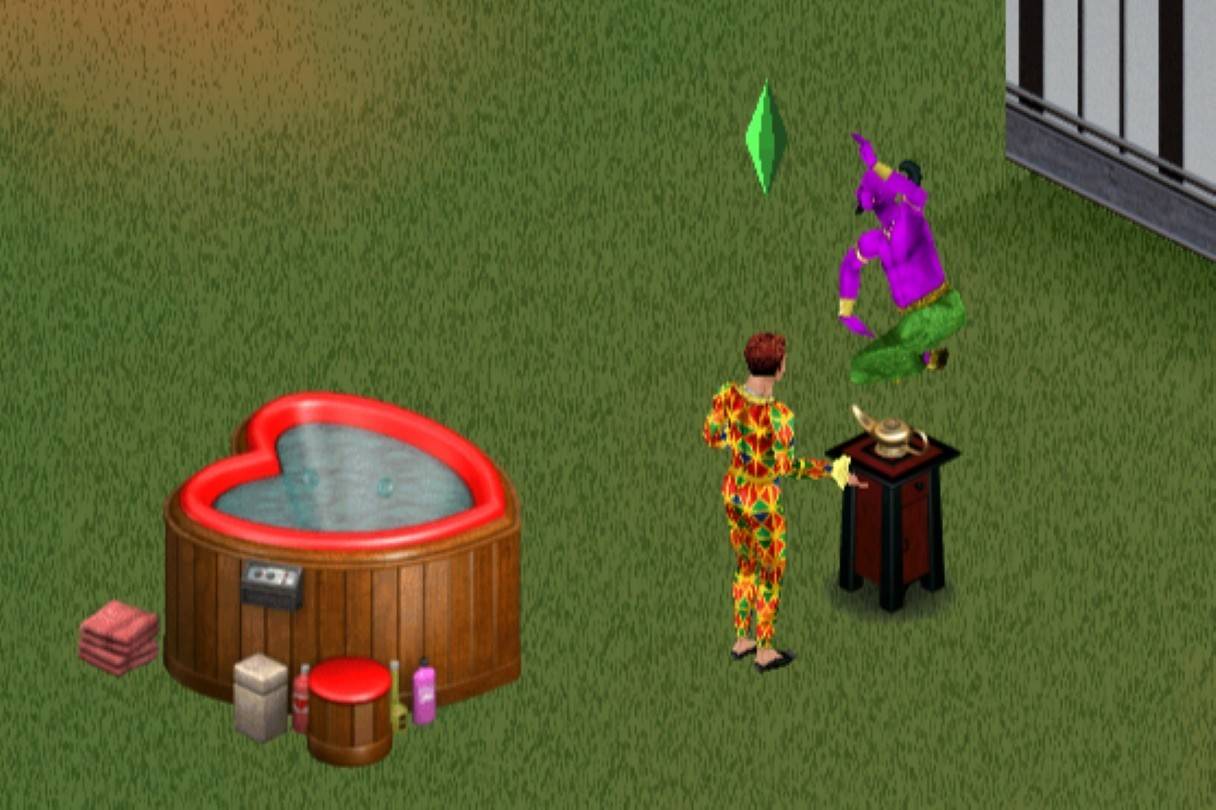 Image: ensigame.com
Image: ensigame.com
The genie lamp allowed for one daily wish, with effects lasting indefinitely. Choosing the "water" wish could surprisingly result in a luxurious hot tub, adding an unexpected twist that delighted players, especially during challenges like rags-to-riches.
The School of Hard Knocks
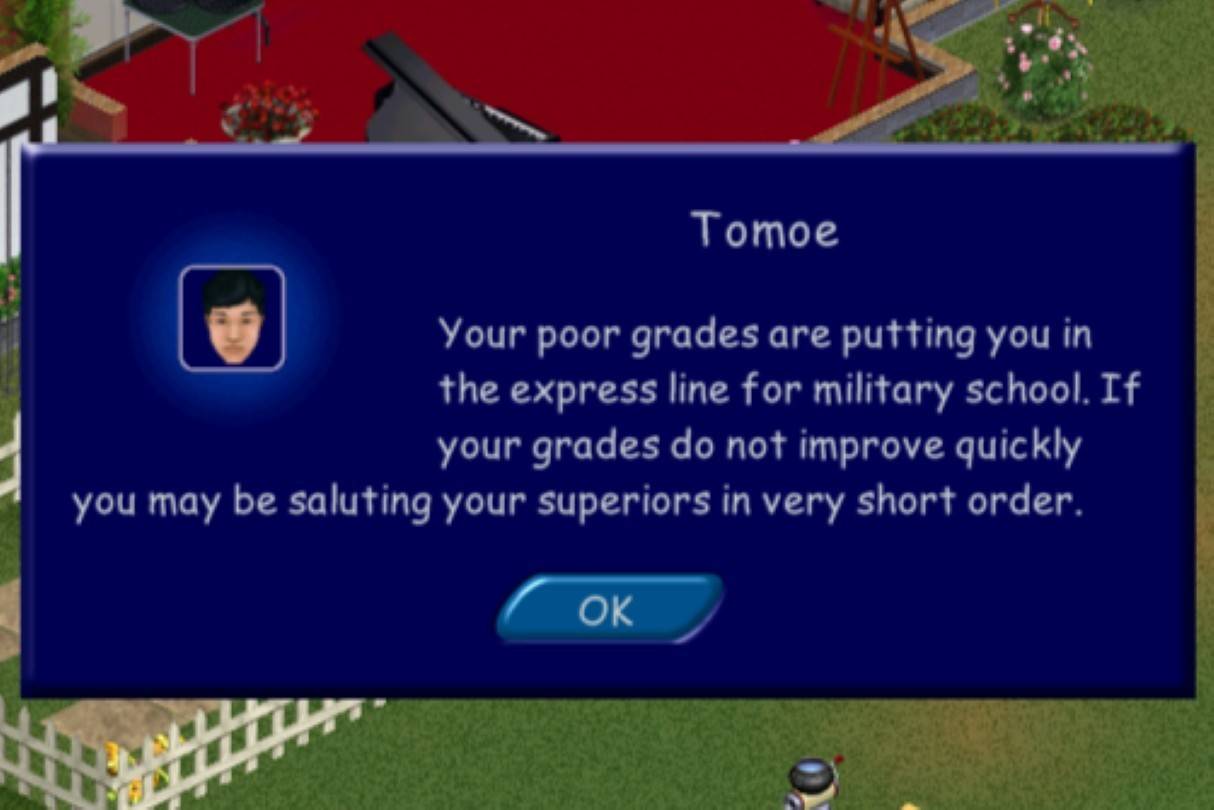 Image: ensigame.com
Image: ensigame.com
Education was crucial, with academic performance impacting Sims' futures. High-achieving Sims received monetary gifts from grandparents, while those with poor grades faced military school, a permanent removal from the household.
Realistic WooHoo
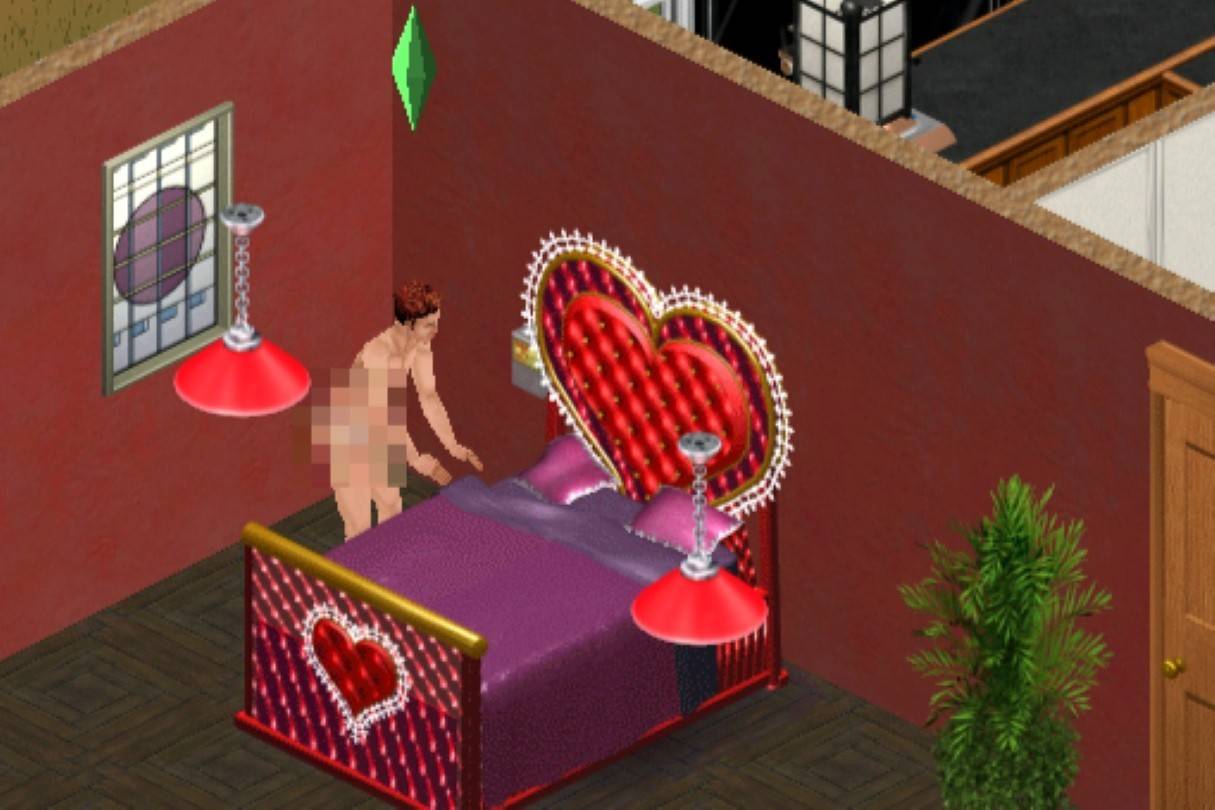 Image: ensigame.com
Image: ensigame.com
WooHoo was depicted with surprising realism. Sims undressed before the act and displayed varied emotional responses afterward, from crying to cheering, adding depth to their interactions.
Fine Dining
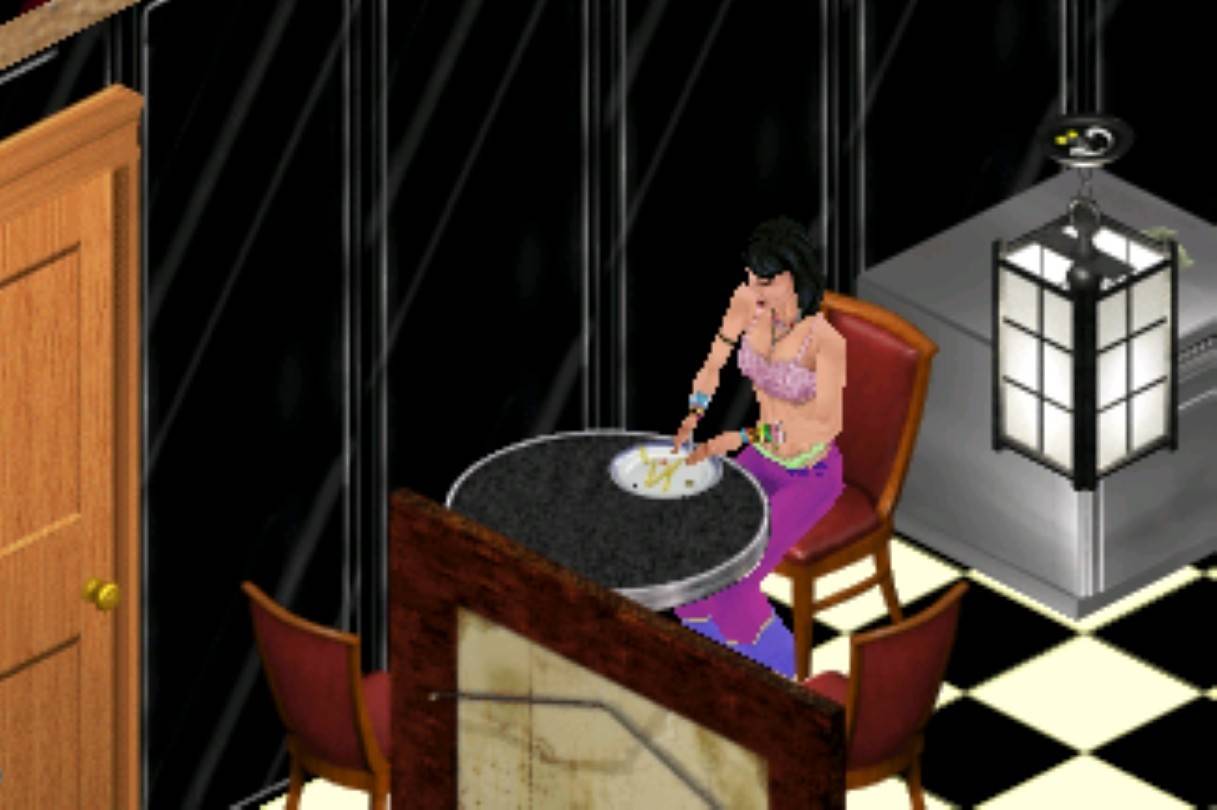 Image: ensigame.com
Image: ensigame.com
Sims used both a knife and a fork while eating, showcasing a sophistication in dining animations that later games simplified.
Thrills and Spills
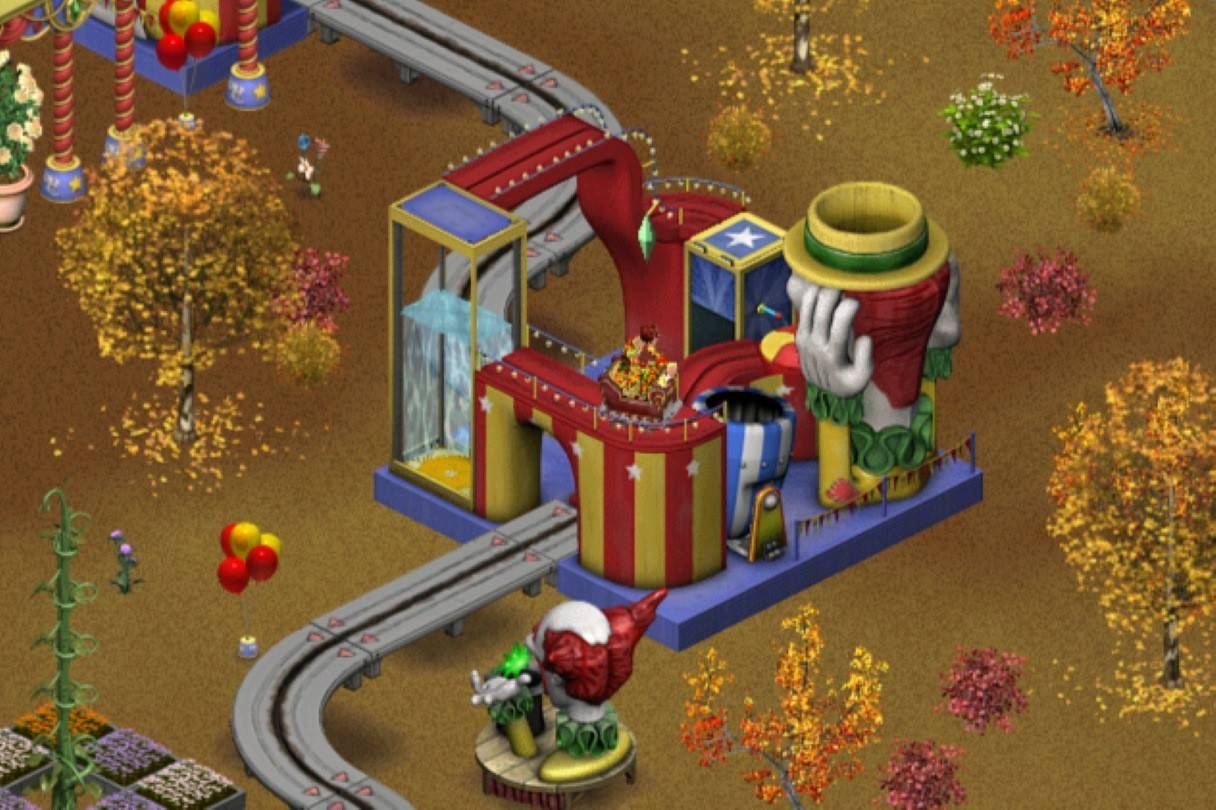 Image: ensigame.com
Image: ensigame.com
In The Sims: Makin’ Magic, roller coasters added excitement. Magic Town featured two themed coasters, and players could build their own, bringing high-speed thrills to any community lot.
The Price of Fame
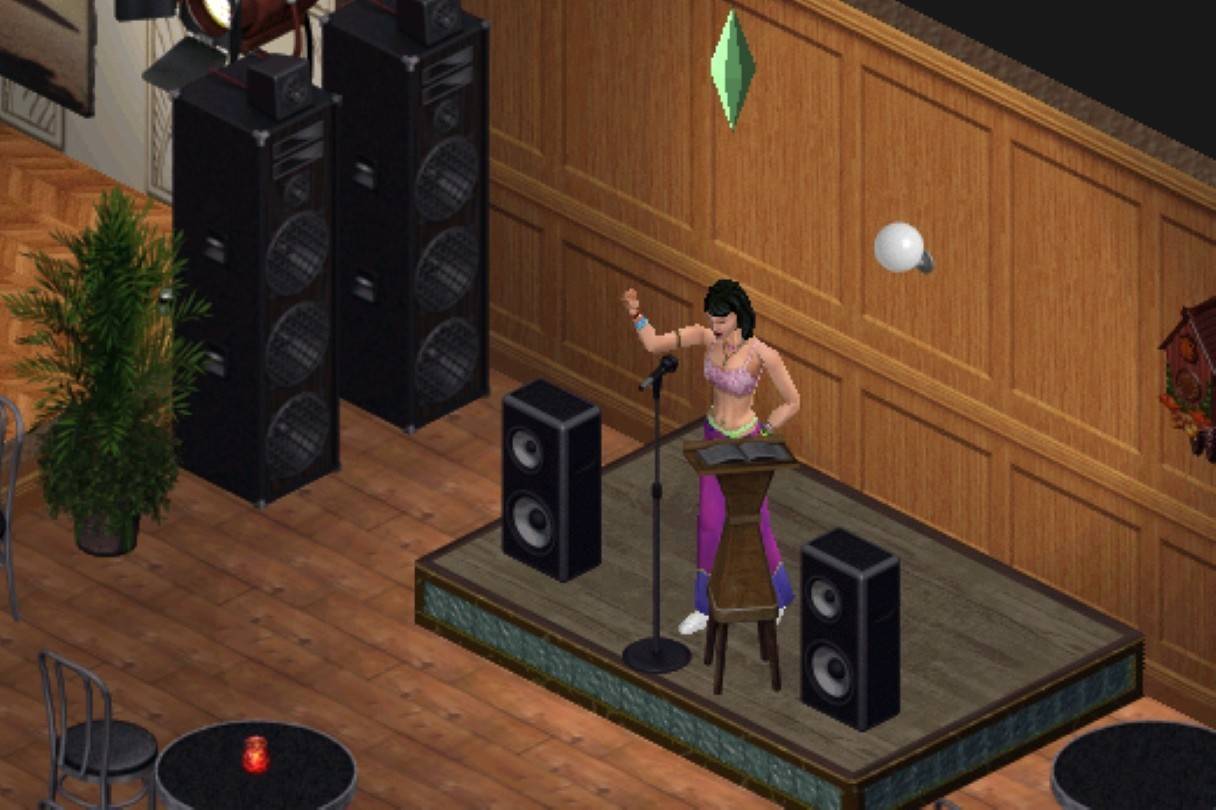 Image: ensigame.com
Image: ensigame.com
In The Sims: Superstar, Sims pursued fame through the SimCity Talent Agency. Success in Studio Town boosted their Star Power, while poor performances or neglect could lead to a decline in fame, highlighting the fleeting nature of stardom.
Spellcasting in Makin’ Magic
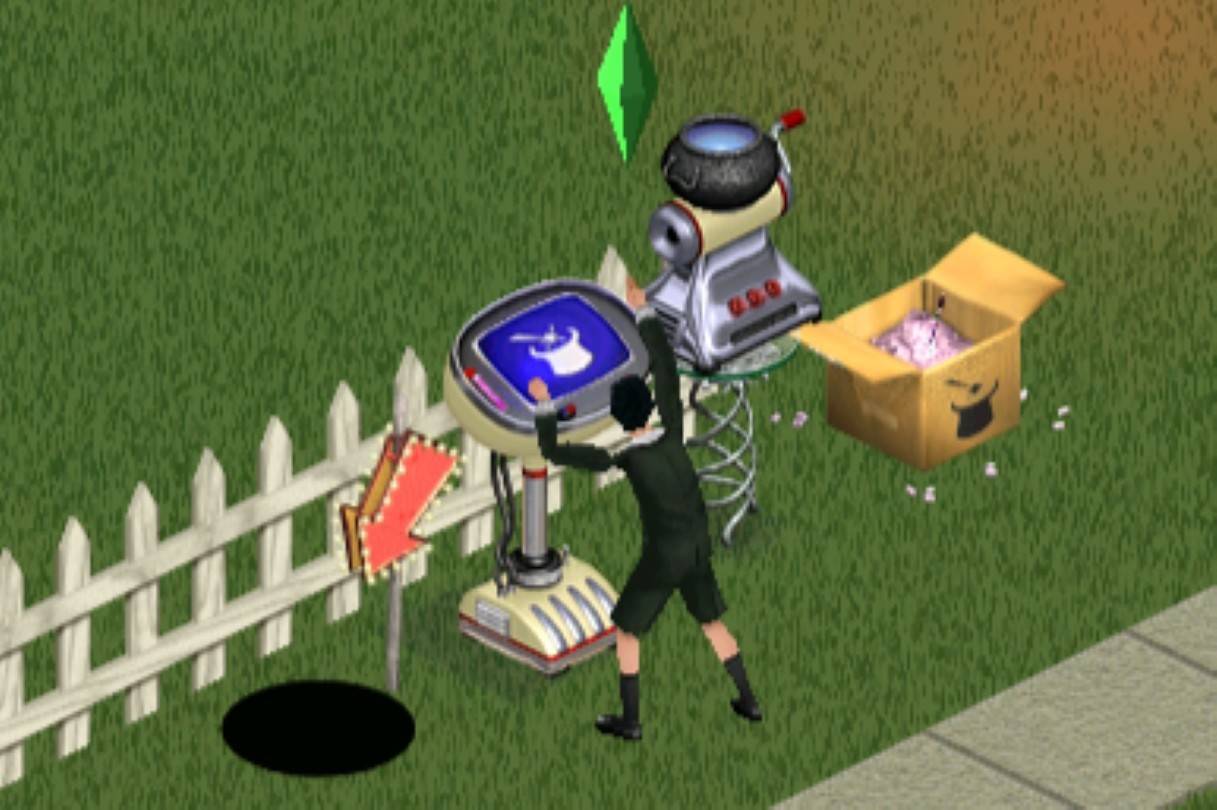 Image: ensigame.com
Image: ensigame.com
Makin’ Magic introduced a spellcasting system where Sims crafted spells using specific ingredients. The Start Here Spellbook detailed recipes, with unique spells for adults and children, making it the only entry where kids could become spellcasters.
Singing Under the Stars
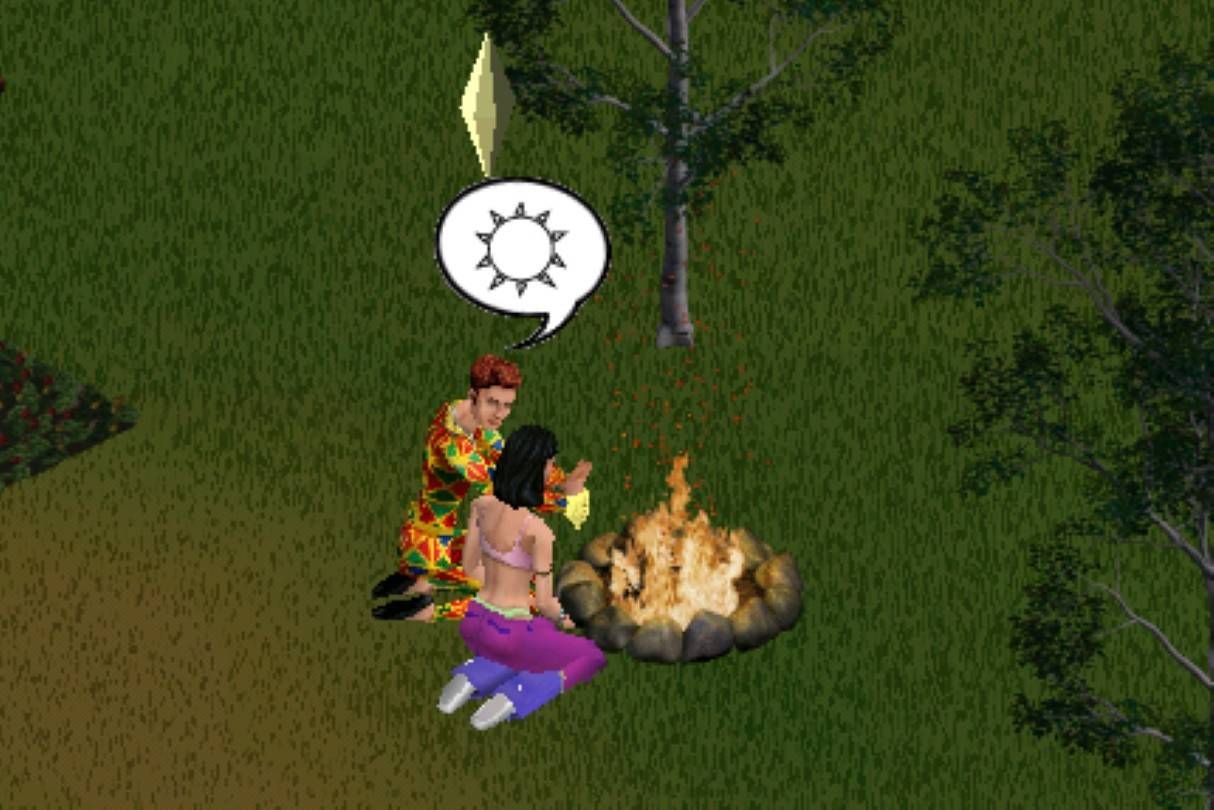 Image: ensigame.com
Image: ensigame.com
Campfire singalongs added a charming social element, with Sims singing folk songs around a crackling fire, enhancing the outdoor experience.
The Sims 2
Running a Business
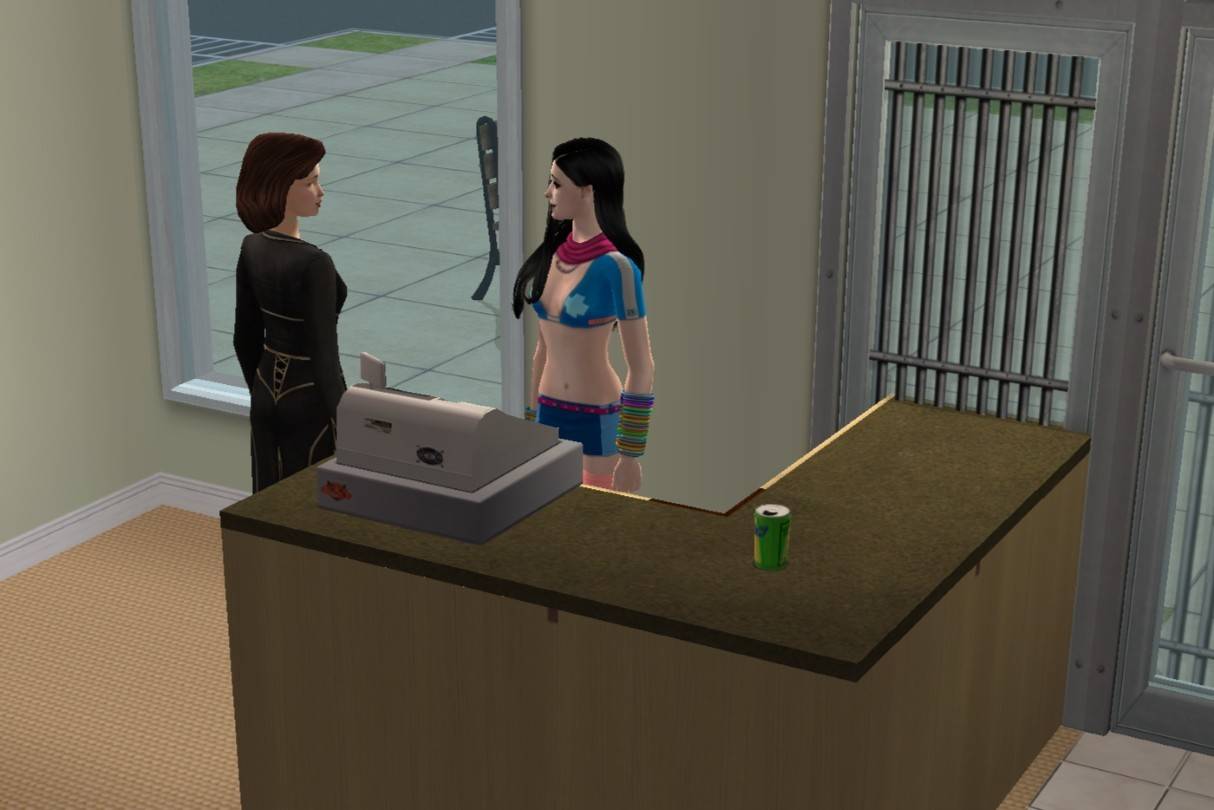 Image: ensigame.com
Image: ensigame.com
Sims could become entrepreneurs, opening businesses from home or dedicated venues. From fashion boutiques to restaurants, they could hire employees and grow their ventures, aiming to become business moguls or innovators.
Also read: 30 best mods for The Sims 2
Higher Education, Higher Rewards
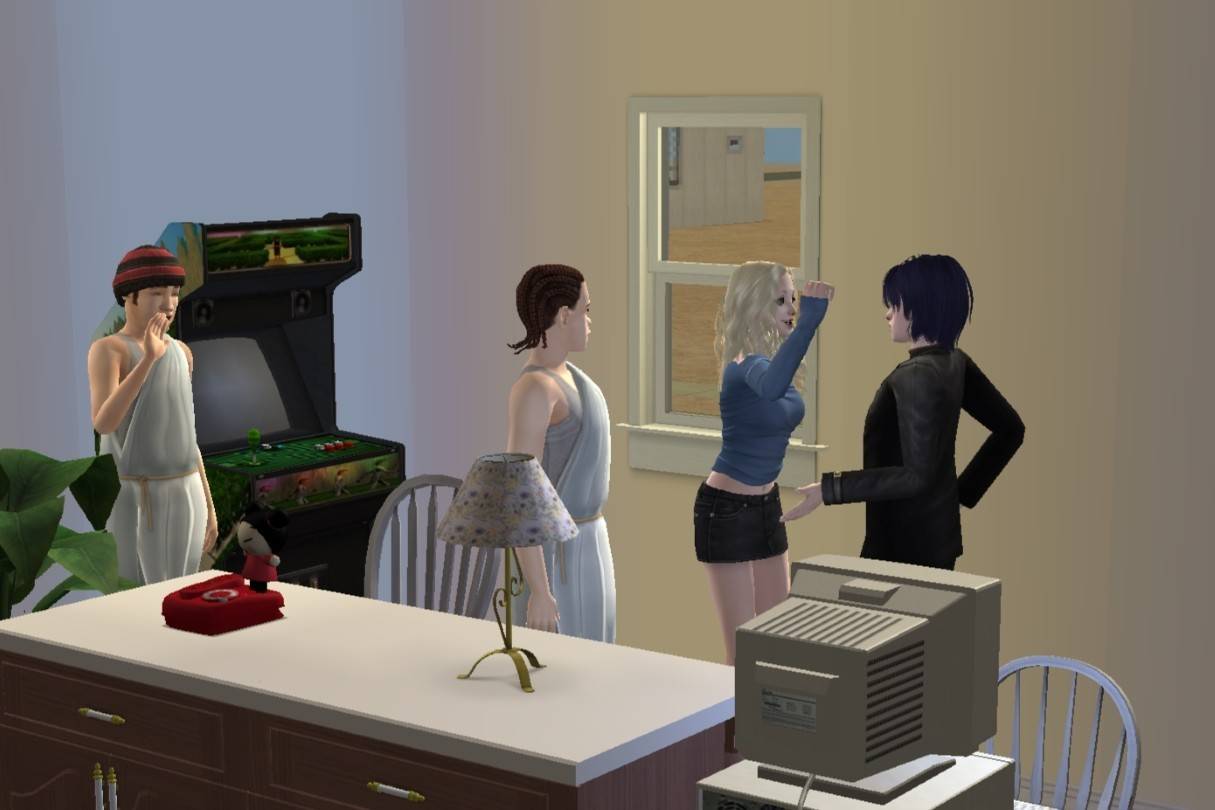 Image: ensigame.com
Image: ensigame.com
With The Sims 2: University, teens could attend college, living in dorms or private residences. Balancing academics and social life, graduation opened advanced career paths, making higher education a gateway to success.
Nightlife
 Image: ensigame.com
Image: ensigame.com
This expansion introduced inventories, new social interactions, and over 125 objects. Romantic pursuits became more dynamic, with NPC dates leaving gifts or hate letters. Iconic characters like DJs, the Gypsy matchmaker, Mrs. Crumplebottom, and vampires enriched the game.
The Excitement of Apartment Life
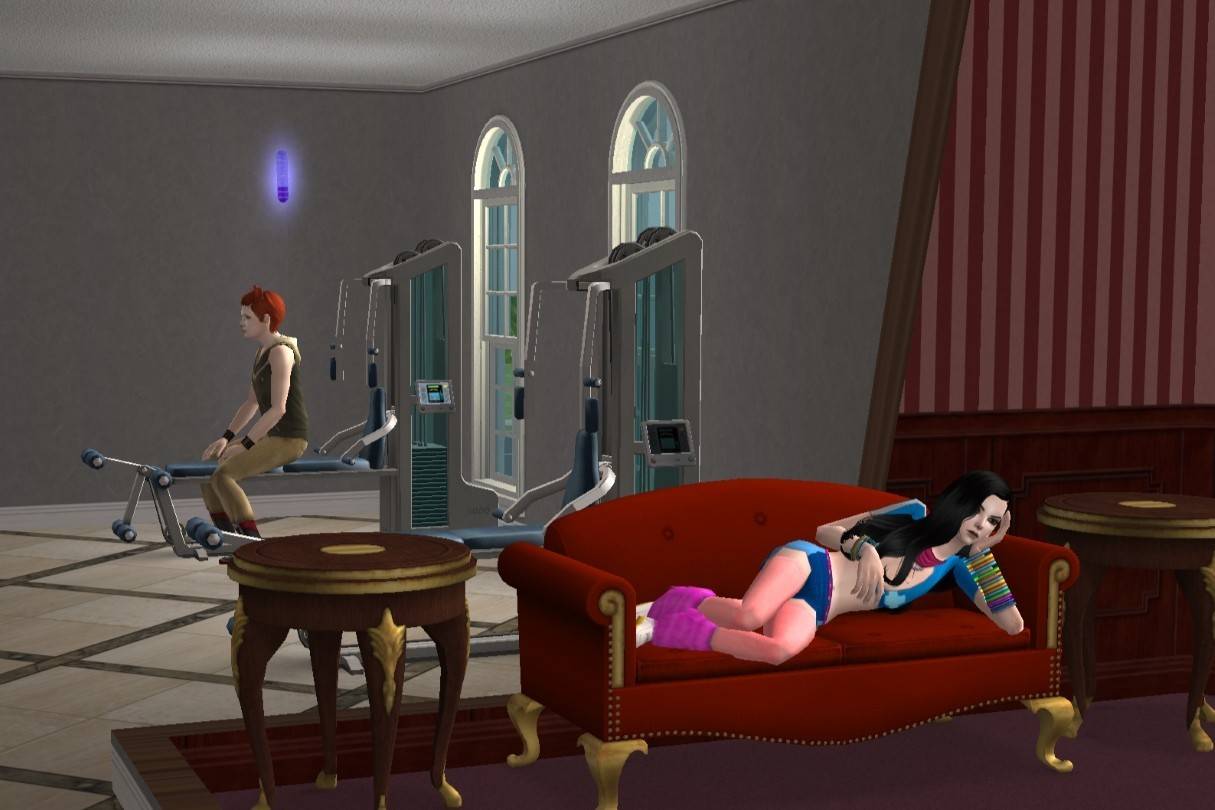 Image: ensigame.com
Image: ensigame.com
Apartment Life introduced urban living, with Sims moving into bustling apartment buildings. Close quarters fostered new friendships, career connections, and romance, adding a layer of urban excitement.
Memories That Last, Love That Doesn’t
 Image: ensigame.com
Image: ensigame.com
The memory system allowed Sims to remember life events, shaping their personalities and interactions. Unrequited relationships added realism and drama, with Sims experiencing deep emotions that went unreciprocated.
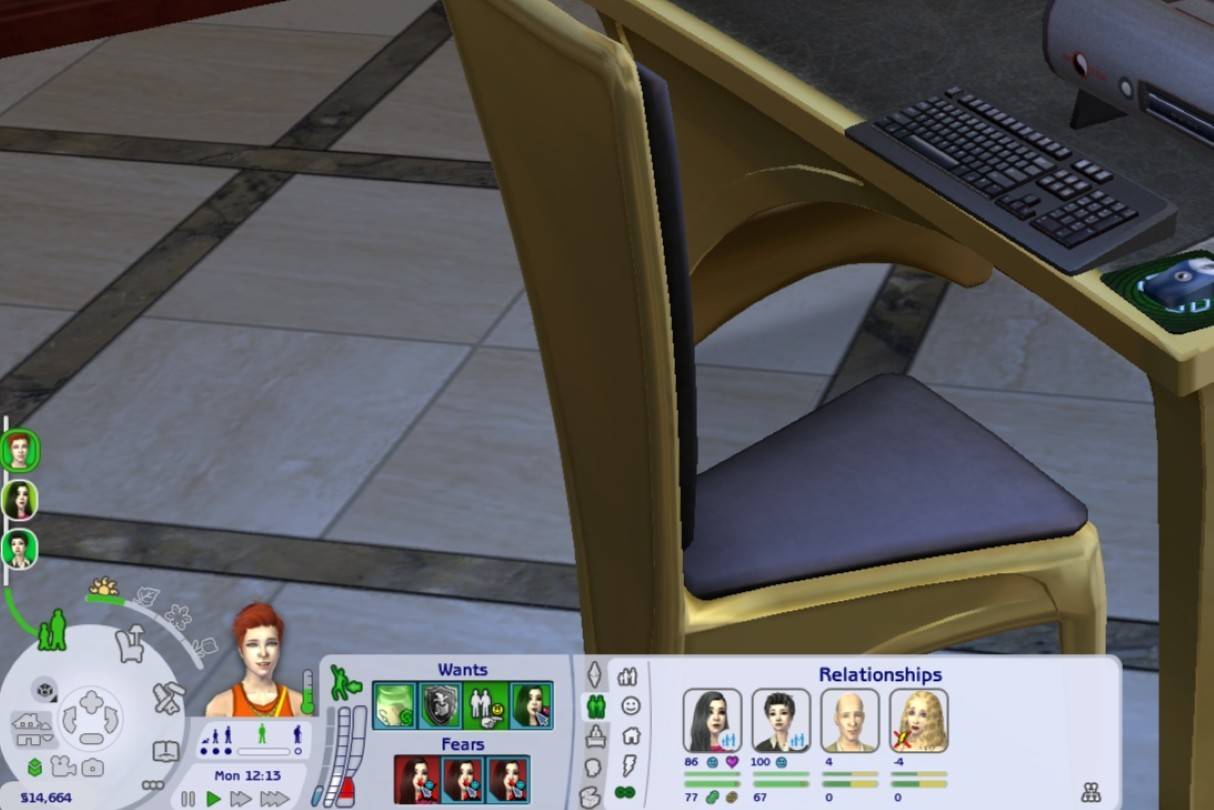 Image: ensigame.com
Image: ensigame.com
 Image: ensigame.com
Image: ensigame.com
Functional Clocks
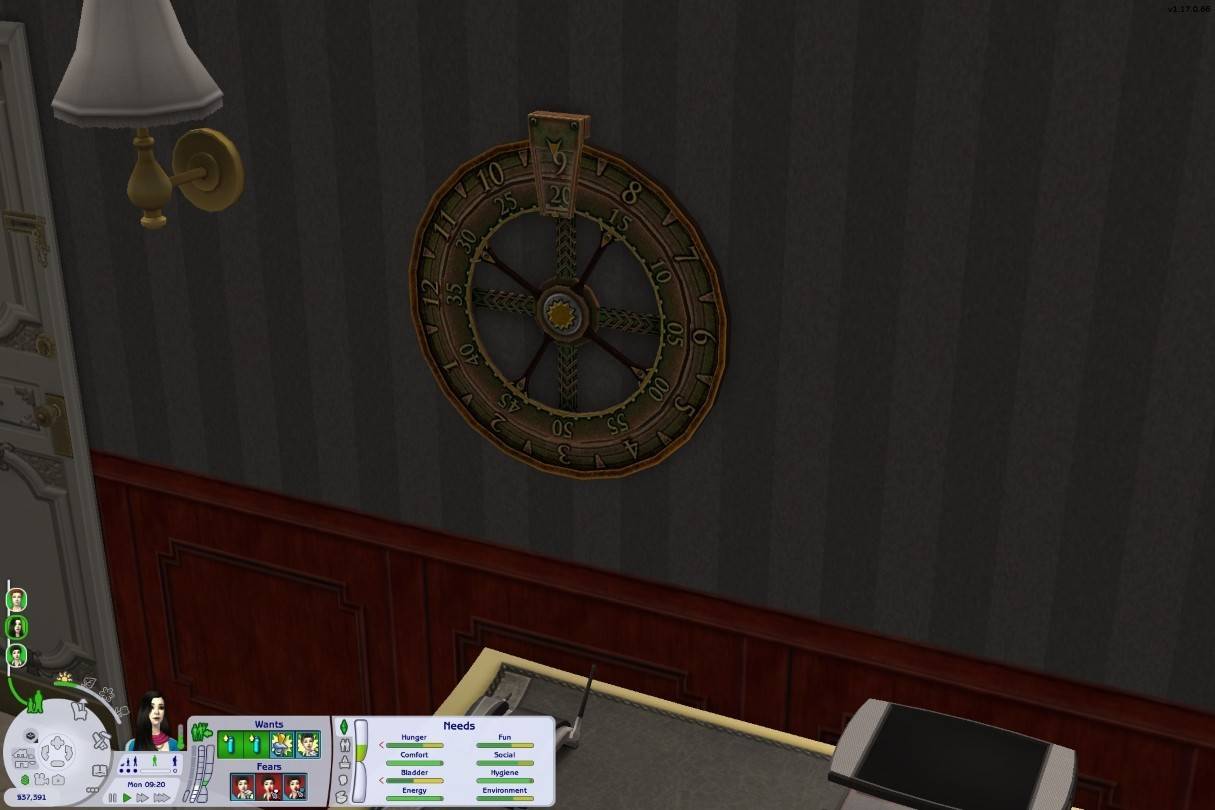 Image: ensigame.com
Image: ensigame.com
Clocks displayed the actual in-game time, from wall clocks to grandfather clocks, allowing players to track hours without relying solely on the interface.
Shop ‘Til You Drop
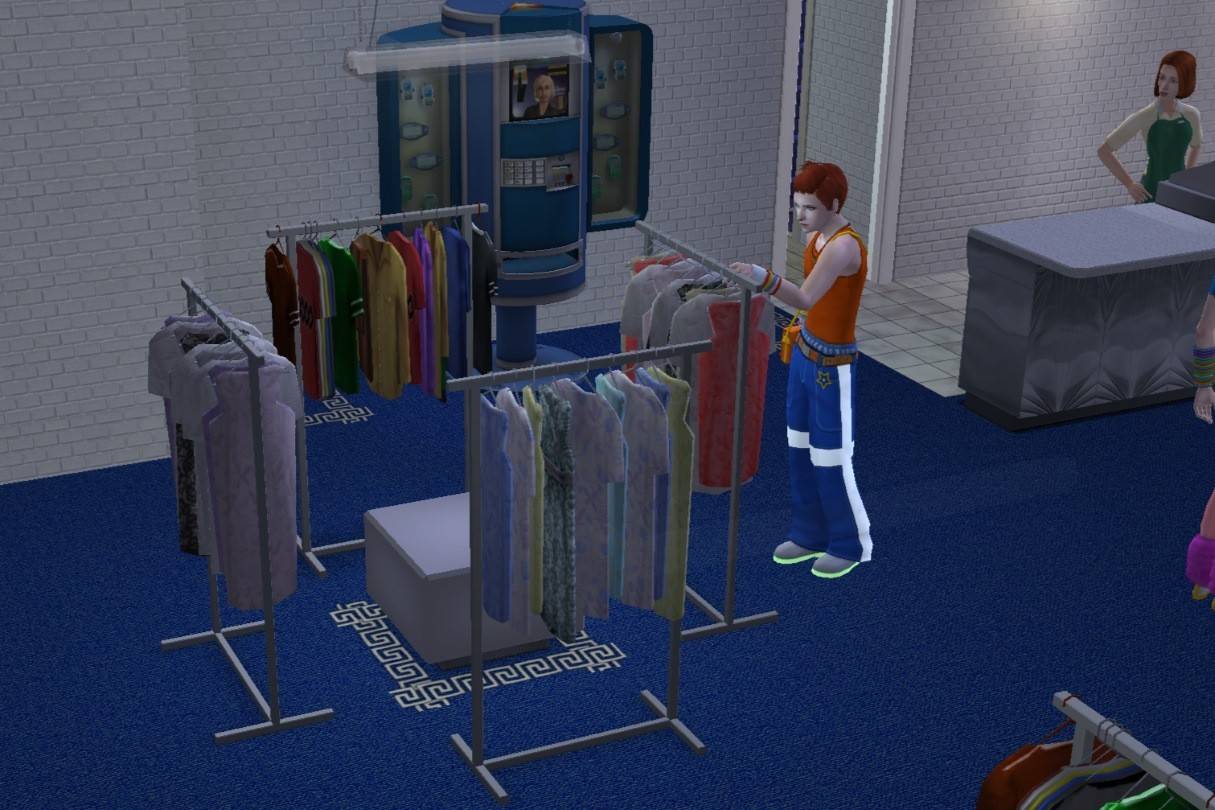 Image: ensigame.com
Image: ensigame.com
Sims had to shop for food and clothing, as refrigerators didn't stay stocked automatically. Newly aged-up Sims needed to buy new outfits, adding realism to their daily lives.
Unique NPCs
 Image: ensigame.com
Image: ensigame.com
The Social Bunny appeared when a Sim's social needs dropped, providing company. The Therapist intervened during breakdowns, adding depth to NPC interactions.
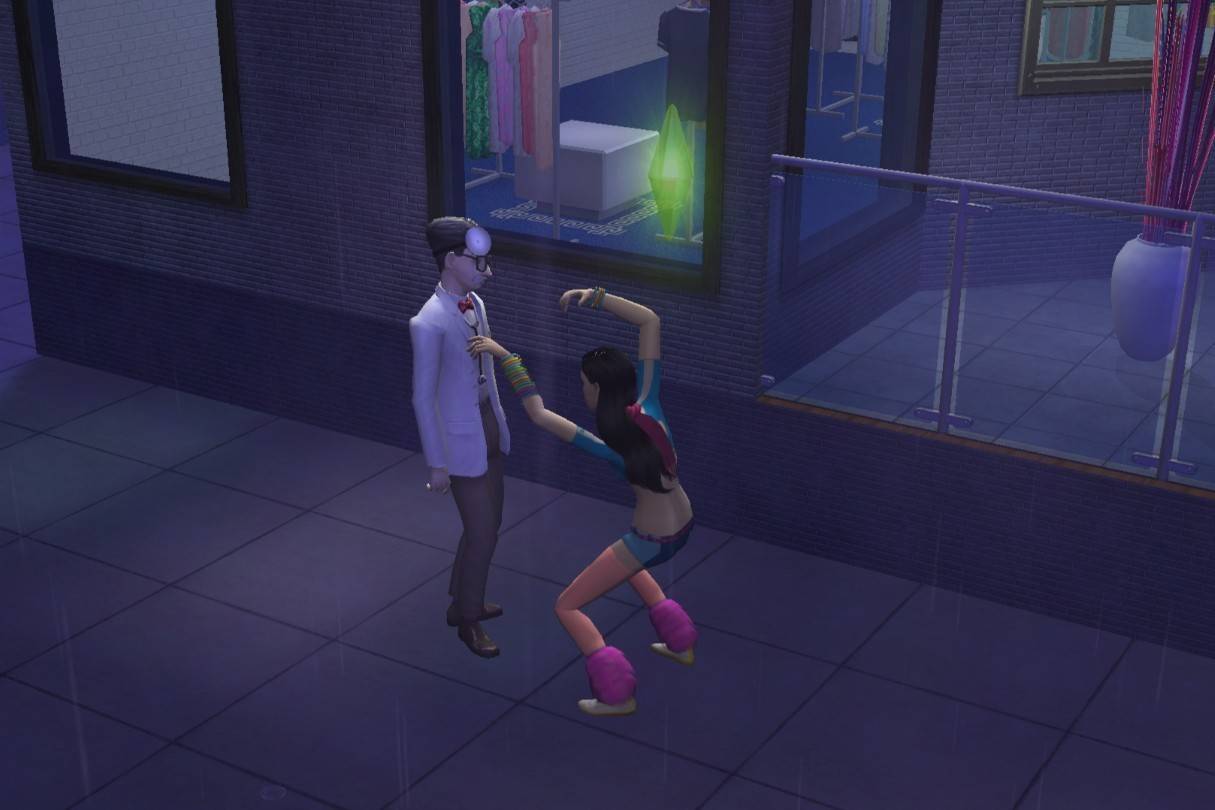 Image: ensigame.com
Image: ensigame.com
Unlocking Hobbies
 Image: ensigame.com
Image: ensigame.com
With FreeTime, Sims could pursue hobbies, from football to ballet, fostering skill-building and personal fulfillment. Excelling in hobbies unlocked secret rewards and exclusive career opportunities.
A Helping Hand
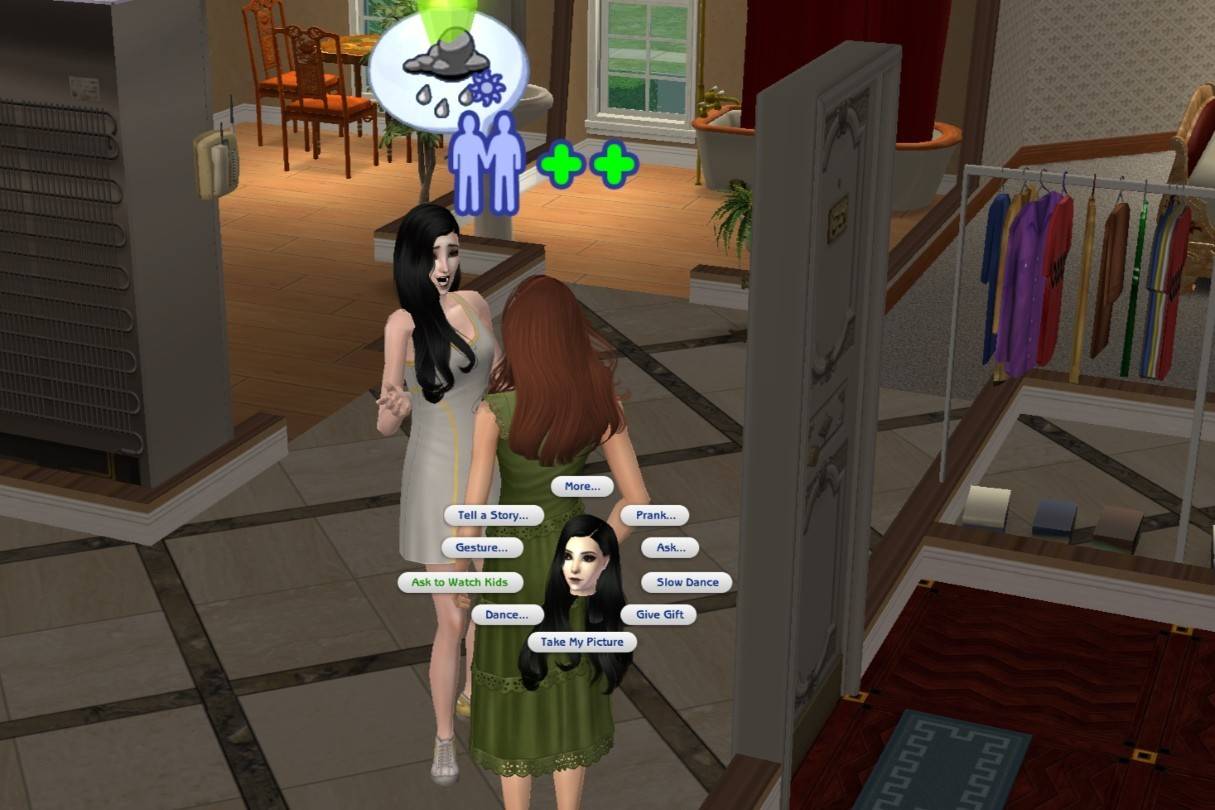 Image: ensigame.com
Image: ensigame.com
Strong relationships with neighbors allowed Sims to ask for help with childcare, offering a personal alternative to hiring a nanny.
The Sims 1 and The Sims 2 were groundbreaking with their depth, creativity, and unique features. While these elements may never return, they remain a nostalgic reminder of the special experiences that defined the early days of the Sims franchise.
Latest News
more >-

-

- NYT Connections Puzzle #575 Hints and Answers
- Dec 27,2025
-
-

- Figment 2: Creed Valley Launches on iOS
- Dec 26,2025
-

